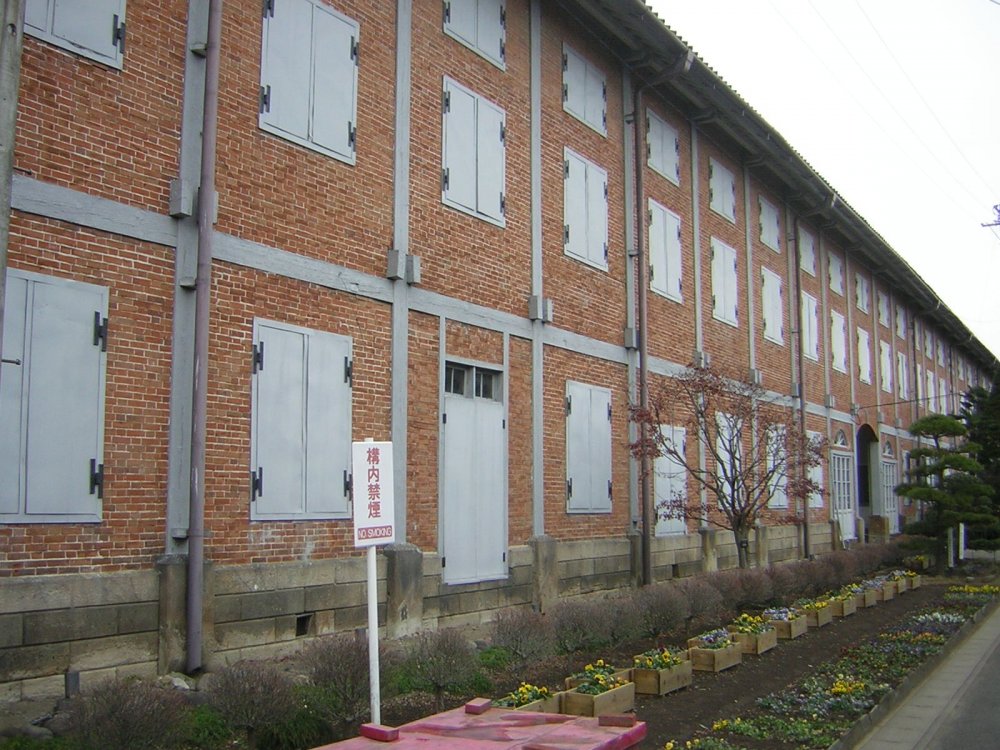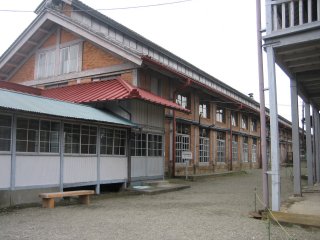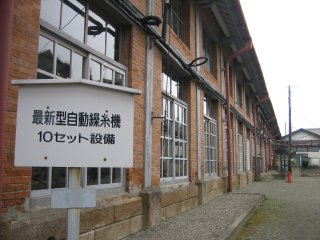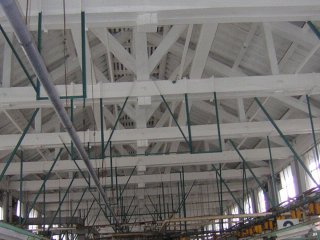The Meiji era (1868-1912) government highly encouraged the growth of the silk industry and, in 1872, the government-owned Tomioka Silk Mill was opened in Tomioka, Gunma Prefecture as a model for future mills. This mill, which was the largest of its kind at the time, brought into Japan silk reeling machines of French origin. Surpassed only by China, by 1909, Japan had become the world's second largest exporter of raw silk thread.
The mill was later sold to private owners, and, except for a cessation during World War II, the mill consistently continued to produce silk until it stopped production in 1987.
Due to its well preserved state and its role in the rise in popularity of the industry, "Tomioka Silk Mill and Related Industrial Heritage", a set of 10 related sites, applied for status as a Cultural Property of Japan, and became registered as a National Treasure in the year 2007. Additionally, in May of 2014, it was registered and confirmed as a UNESCO World Heritage Site.
Getting there
Tomioka Silk Mill is located approximately a twelve-minute walk from either Nishi Tomioka station or Joshu-Tomioka station, both on the Joshin Electric Railway.
More info
Find out more about Tomioka Silk Mill.






































